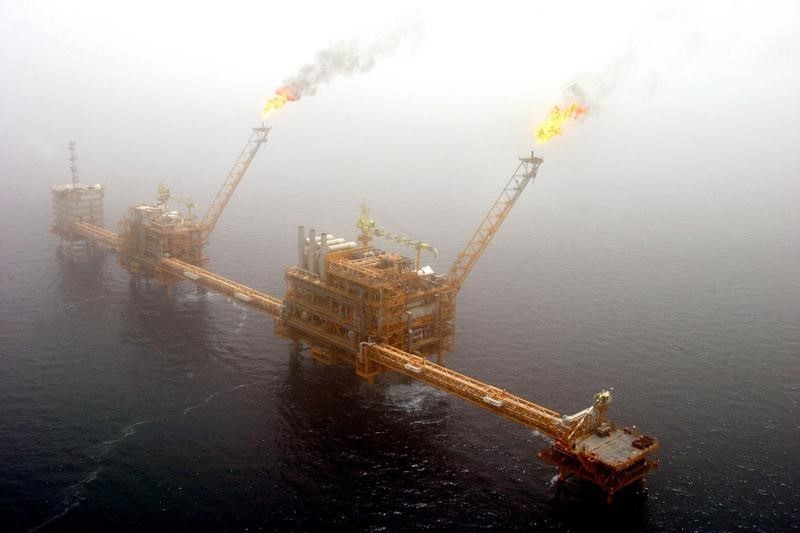Investing.com’s stocks of the week
Investing.com - A production cut should've been the most bullish story for oil this year, but the market isn't buying it yet.
Just a day after rallying on the cuts promised by Saudi Arabia and its allies in the enlarged OPEC+, which includes Russia, global growth, trade war and Brexit worries took oil down again.
U.S. West Texas Intermediate crude settled down $1.61, or 3%, at $51 per barrel as risk aversion gripped markets. With just three weeks to the end of 2018, WTI remains down nearly 16% on the year and 34% lower from four-year highs of nearly $77 per barrel hit in early October.
Brent, the global benchmark for crude, fell by $1.79, or also 3%, to $59.88 per barrel by 2:40 PM ET (17:45 GMT). Brent remains down 10% on the year and 31% lower from four-year highs of nearly $87 per barrel hit two months ago.
"OPEC resisted outside forces and pressure from President Donald Trump to cut production, only to have oil falter from outside market forces," said Phil Flynn, analyst at Chicago's Price Futures Group.
Global macro weakness aside, traders and investors in oil are asking another question that could increase in resonance in the coming days and weeks: Is the 1.2 million barrels per day (bpd) cut pledged enough in the face of relentless U.S. supply?
On the surface, OPEC's offer to reduce 800,000 bpd, while Russia and the rest cough up the balance of 400,000 bpd, is almost on target to the 1.3 million bpd the market predicted. But what the bigwigs who gathered in Vienna last week seemed to have missed -- or ignored out of convenience -- is how much more U.S. supply could come on board if WTI gained by another $5 or $10 a barrel by the first quarter of next year.
The United States is already the world’s largest oil producer, churning out 11.7 million bpd. Last week, it also became a net oil exporter for the first time in 75 years, shipping more crude and oil products combined than what it imported.
"We added 2 million barrels in the U.S. over the last one year with a 30% price gain," John Kilduff, partner at New York energy hedged fund Again Capital, said. "So, logically, a 15% price gain could bring in another million barrels or more, enough to negate these cuts.”
Kilduff is betting that the majority of U.S. shale drillers have secured enough hedges at $60 to $70 per barrel to keep them going a year forward.
"Drilling-price efficiencies in shale get better according to the region, where in the Permian you can be profitable at even $40 a barrel versus the mid-to-high $50s you need in the Bakken. WTI at $55 to $60 over the next six months will be good for many U.S. drillers.”
Goldman Sachs concurred.
"With U.S. producers budgeting and realizing WTI $55 per barrel in 2018 and beating production expectations, we see upside risks to U.S. production growth later next year should the cuts generate too large a price rally, " the Wall Street bank said in a note to clients. "Such an outcome would test the (Saudi Energy) Minister’s view that shale and Saudi production need to grow together, not one at the expense of the other'."
Merill Lynch suggested that OPEC was once again underestimating the ability of U.S. shale producers to match output with price incentives.
"We believe that long-dated prices for both Brent and WTI crude oil prices will likely fail to rally with the front ... because shale producers will likely use the opportunity to increase their long-dated hedges," Merrill said.
